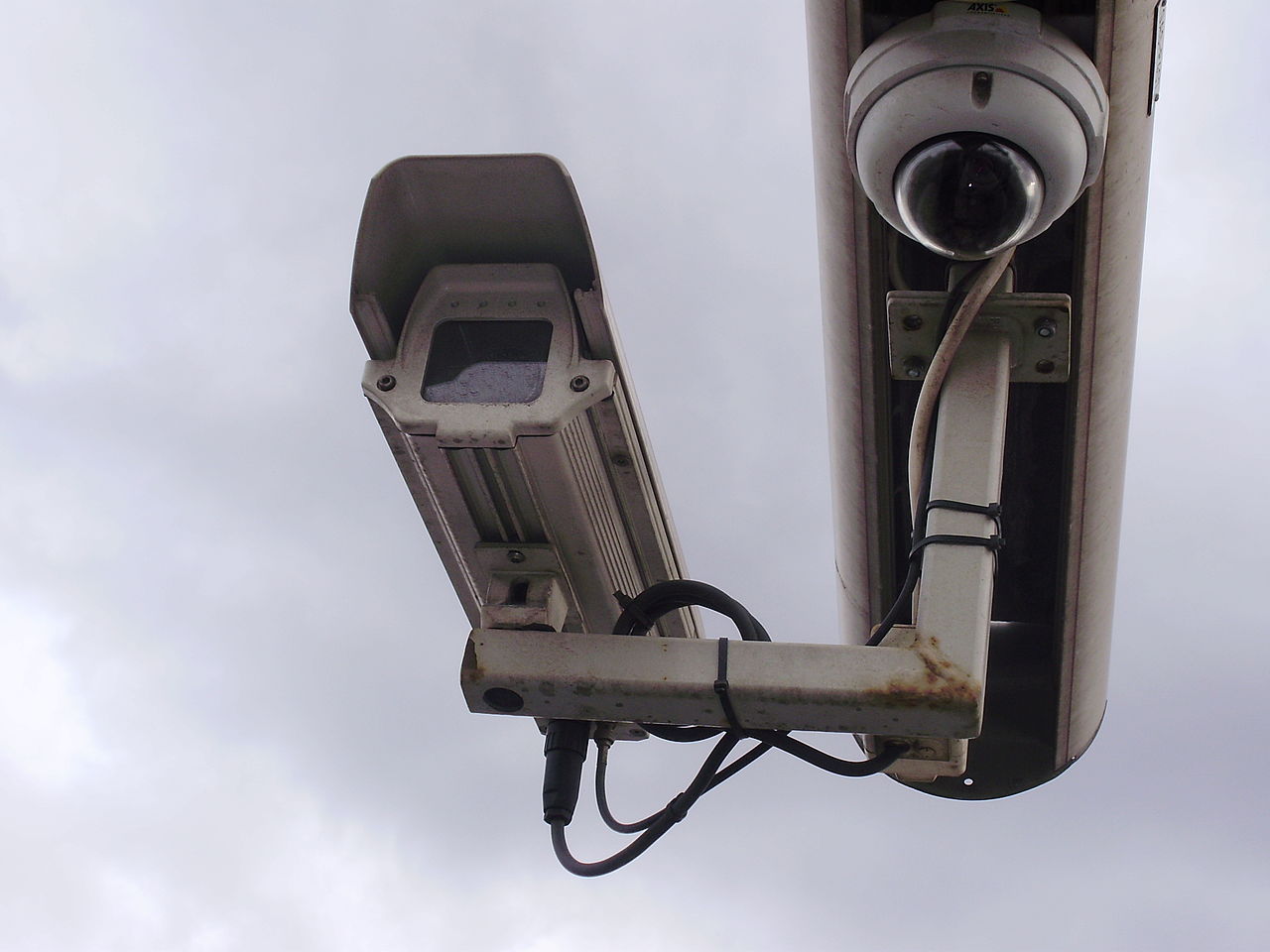Security Simplified: Step by Step Tips for Installing Your New CCTV System
Most homeowners understand the importance of protecting their family and property and one of the most effective ways of doing this is to install a CCTV system.

One of the big reasons why some people hesitate to buy this type of security system is because they get the impression that it is complicated to design and install an effective deterrent and early-warning system, but it is not that difficult once you get a few useful pointers.
Here is an overview of what is involved if you are going to install your own security system, including tips on how to locate the cameras for maximum coverage, why placement of your recording unit can be critical, plus some cabling tips to take on board.
Pick your spot carefully
You can spend your time choosing your security system online at a site like RS Components but what you don’t want to do is waste that investment by not positioning your cameras in the best way possible.
There are two fundamental reasons why you should take your time picking the right location for each camera and DVR.
The primary goal is to work out where you can fit the equipment for maximum coverage. It is also a good idea to pay attention to try and minimize cable length where you can as this can have a detrimental impact on video quality.
Spend time walking around your property and working out which vulnerable spots you want to cover and for outside cameras you want to find a location that gives you good coverage but is also high enough to make it difficult for an intruder to interfere with the unit.
Protect your DVR
Another important consideration is the placement of the DVR unit.
The unit will be recording the CCTV footage and it will be a key factor to refer to the surveillance hard disk if and when you need to, which is why you need to keep it secure.
There is not much point capturing events on your camera’s only to give the perpetrator easy access to the incriminating footage so that they can remove the evidence or damage the unit.
Think carefully about where you position the DVR box and spend the right amount of money making the recording unit virtually impenetrable.
Cable management
Although the task of setting up your own security system might seem daunting at first glance, with the right planning — and thought — going into the process, it is more about common sense than technical know-how.
Once you have decided where the cameras are going to go and where the DVR box is being installed, your next job is to connect it all up.
The video cable will be connected by a BNC port. Once you learn how to slide the crimping barrel onto the cable and create a secure connection you can then repeat the trick for the rest of the system.
It is a satisfying moment to turn on the power after you have completed the installation and see the various parts of your home now permanently covered by cameras, ensuring that you and your family now have greater peace of mind.




